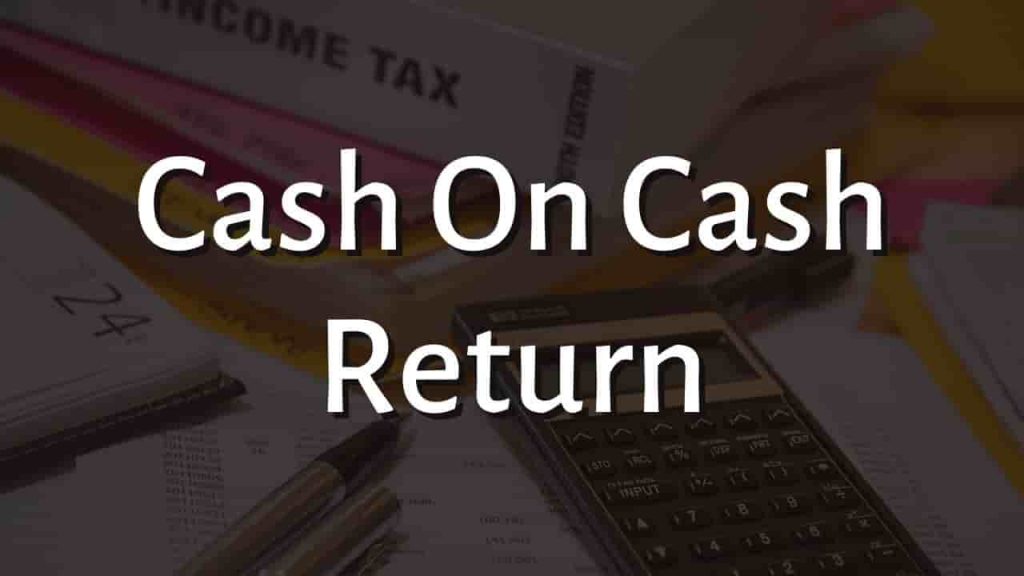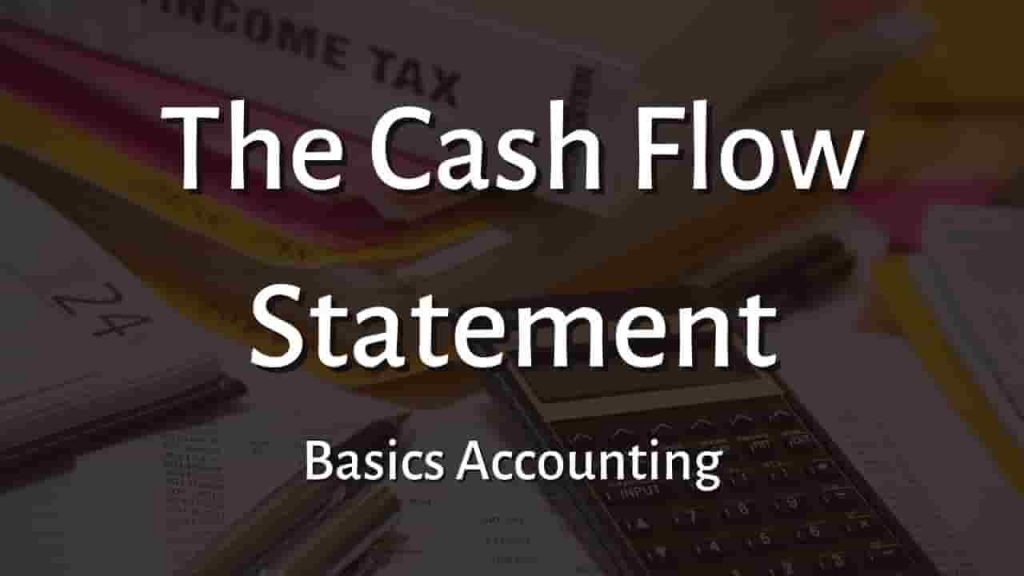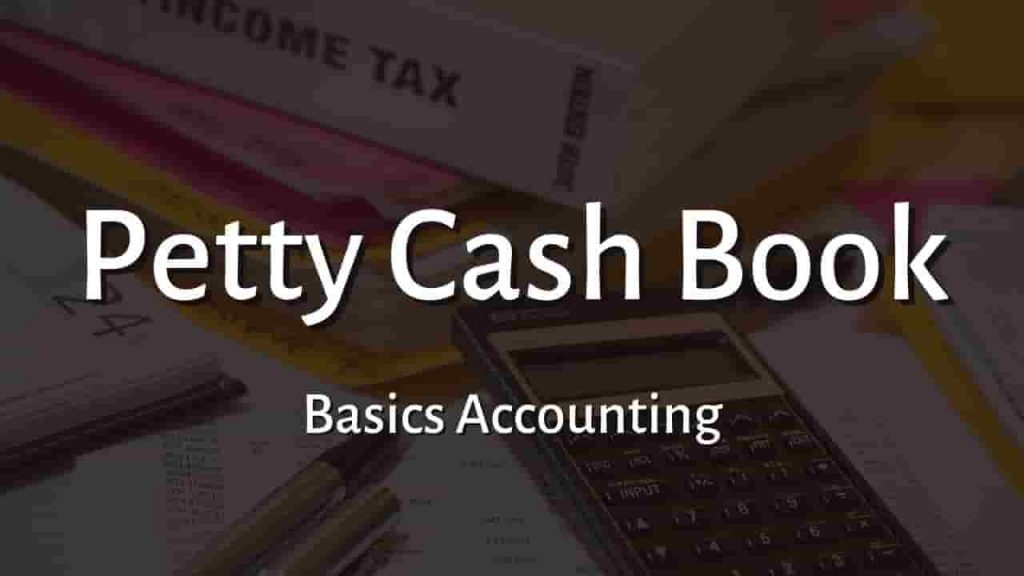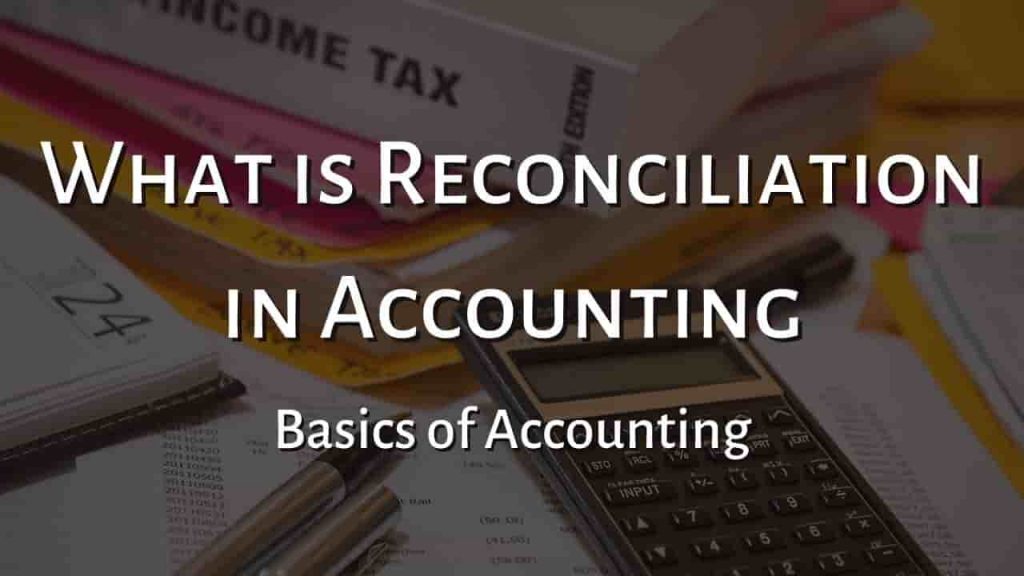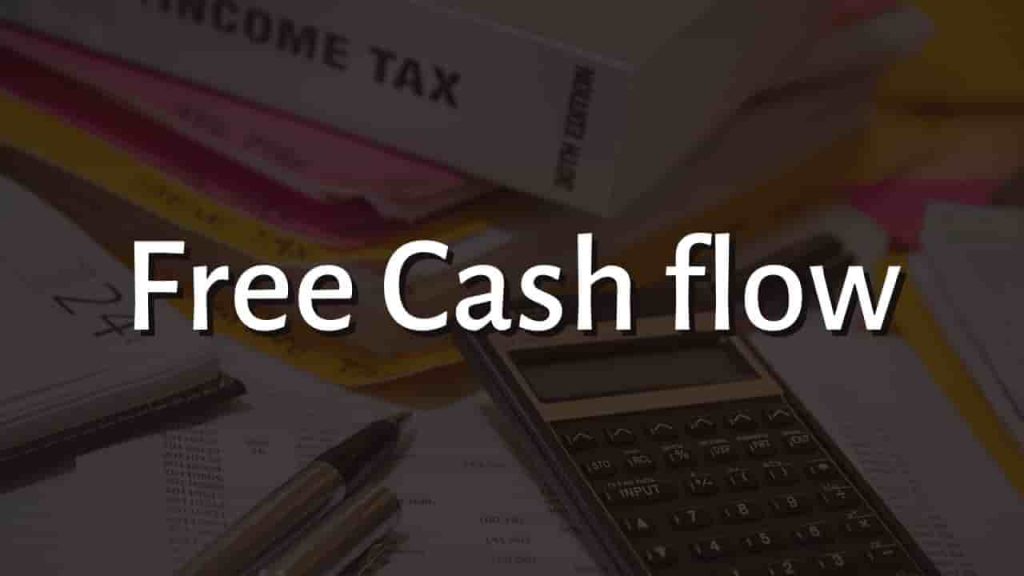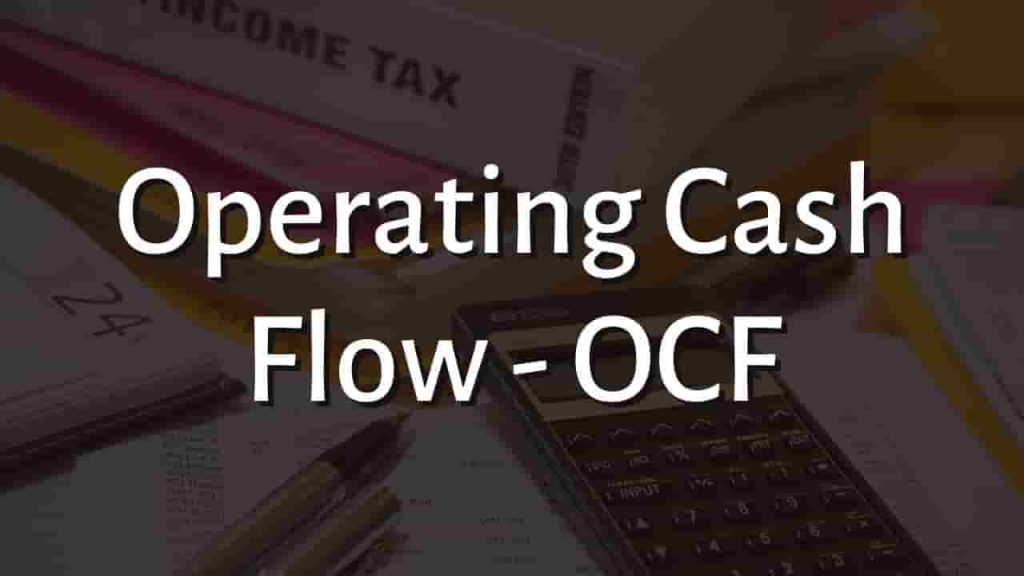Cash On Cash Return
Cash-on-cash return, also known as cash yield or the equity dividend rate, is an annual measure of a real estate investor’s earnings on a property in comparison to the amount the investor initially paid to acquire and make it operational.
This computation might be helpful if you want to gain an accurate view of your cash flow (in other words, comparing money in and money out). This is especially crucial if you have a choice in financing and want to know how much cash to put down and how large a loan to take out.
In commercial real estate analysis, the cash on cash return is a popular return statistic. It is presented as a percentage and quantifies the revenue produced on capital invested in a property over a specific time period, such as a year.
Cash on Cash Return Formula
The cash on cash return formula is as follows:
Cash on Cash Return = Annual Pre Tax Cash Flow / Total Cash Invested
The cash on cash return is defined as cash flow before tax divided by total equity invested, as indicated in the cash on cash calculation above. The formula’s cash flow before tax calculation is based on the real estate proforma. The original equity investment, which is the whole purchase price of the property less any loan proceeds and transaction expenses, plus any extra equity required over the holding period, is the number employed in the above calculation.
How To Calculate Cash On Cash Return
Your cash-on-cash return is calculated by dividing your yearly cash flow (pre-tax) by your total cash investment.
Cash on Cash Return = Annual Pre Tax Cash Flow / Total Cash Invested
To determine your pre-tax cash flow for the year, total up your rental income intake as well as any additional revenue you may receive from the property, such as incremental rent for parking spots or storage units. To calculate your net operating income, deduct your running expenditures (property management, handyman, electrician, gardener, and other regular care) and annual mortgage payments (if you have one).
This figure will be divided by the whole amount of money you initially placed in the property, obtaining your total cash invested. This might include your down payment (or the whole sum of the property if you purchased cash), closing fees, and any repairs or upgrades you performed before renting out the property. Your cash-on-cash return will be calculated as a percentage of the outcome.
As long as your income from the property and investment in it remain consistent, your cash-on-cash return will be fairly steady. If your revenue rises as a result of being able to charge higher rent, your cash-on-cash return will rise as well. If you have to spend extra money on an unanticipated large repair, your cash-on-cash return will suffer.
Cash On Cash Return Example
Assume you acquire rental property for $100,000, and you have the funds to pay for it all at once. If you rent it out for $3,000 per month but have a $1,000 monthly upkeep expense.
Your yearly pre-tax cash flow is $24,000: ($3,000 – $1,000) x 12 months = $24,000.
Divided by the amount of money invested ($100,000), the cash-on-cash return is 24,000/100,000, or 24%.
- Cash on Cash Return = Annual Pre Tax Cash Flow / Total Cash Invested
- Cash on Cash Return = $24000/$100000
- Cash on Cash Return = 0.24 or 24%
What is a Good Cash on Cash Return?
Good cash on cash return is one that is equal to or better than your required minimum cash on cash return. For example, if you were aiming for a minimum of a 10% cash on cash return and a project only produced a 7% cash on cash return, Based on your aims, this would not be decent cash on cash return.
Having said that, there is no silver bullet when it comes to investment analysis, therefore all relevant elements should be taken into account. This comprises your overall investment goals, strategy, risks, time horizon, and other factors. When analyzing an investment, the cash on cash return can be useful, but it has significant limits and should not be used in isolation.
Factors That Increase Or Decrease Cash On Cash Return
Assuming that income and costs remain constant, the cash-on-cash return will normally remain constant. However, in the actual world of real estate investing, rental revenue and operational expenditures might fluctuate on a monthly and annual basis.
An increase or decrease in the following factors might cause the cash-on-cash return on a rental property to be higher or lower:
- The monthly rent.
- The vacancy factor.
- Operating costs.
- Costs of renovation or upgrading
- Taxation on real estate.
- Amount of the down payment.
Cash-On-Cash Return Vs. Return On Investment (ROI)
The cash-on-cash return statistic varies from ROI in that ROI is concerned with overall profitability (how much total gain or loss the property generates) throughout the course of possession, whereas cash-on-cash is a snapshot of a yearly cash flow. ROI is a cumulative measure, but cash-on-cash is not. ROI considers all debt in a property, but cash-on-cash simply considers the money you pay right now.
In practice, ROI can be anticipated based on your property’s fair market worth, but it can only be really assessed when you sell it.
For more click here and if you are looking for full forms of different acronyms and words then check out this list you really gonna find this helpful. We also have an Essay on every topic, Check the complete list here. If you are Studying in Matric Free Video Lectures of Maths, Physics and English are here, and we have got you covered for I.COM Business Maths also.

